PICO-8 Sepia Palette
An 11-color "sepia" palette for PICO-8.
The palette was derived from a combination of greyscale luminosity sorting, negative blue/green hue matching, and luminosity diff balancing. And when some of that failed, I eyeballed it :P
This leaves 5 extra slots for colors (do with what you wish). In the example, I am using RGBY utility colors and a transparent color. There is also a commented out 4-color GB palette that I like:
-- sepia palette
pal(0,0,1)
pal(1,128,1)
pal(2,130,1)
pal(3,133,1)
pal(4,141,1)
pal(5,4,1)
pal(6,142,1)
pal(7,14,1)
pal(8,143,1)
pal(9,15,1)
pal(10,7,1)
-- rgby utility
pal(11,8,1)
pal(12,139,1)
pal(13,12,1)
pal(14,10,1)
-- 4-color gb palette
-- pal(12,131,1)
-- pal(13,139,1)
-- pal(14,138,1)
-- pal(15,135,1)
-- transparent
pal(15,1,1)
palt(0,false)
palt(15,true)
The cart animation is just an attempt to "demo" the palette in under 1024 compressed bytes (#Pico1k 2022 jam).
Here's the full cart code:
function _init()
-- sepia palette
pal(0,0,1)
pal(1,128,1)
pal(2,130,1)
pal(3,133,1)
pal(4,141,1)
pal(5,4,1)
pal(6,142,1)
pal(7,14,1)
pal(8,143,1)
pal(9,15,1)
pal(10,7,1)
-- rgby utility
pal(11,8,1)
pal(12,139,1)
pal(13,12,1)
pal(14,10,1)
-- 4-color gb palette
-- pal(12,131,1)
-- pal(13,139,1)
-- pal(14,138,1)
-- pal(15,135,1)
-- transparent
pal(15,1,1)
palt(0,false)
palt(15,true)
-- display
cls(0)
mode=rint(1,2) -- 1 or 2, grow or shrink
bars={}
end
function _update60()
dobars()
dcpu()
dmem()
dbars()
end
function dobars()
if btnp(0) or btnp(3) or btnp(4) then mode=2 end
if btnp(1) or btnp(2) or btnp(5) then mode=1 end
if rint(1,mode)==1 then
local d='v'
if rint(1,2)==1 then d='h' end
add(bars,newbar(d))
end
for k,v in pairs(bars) do
drawbar(v)
if mode==2 then
v.s=v.s-1
if v.s==0 then del(bars,bars[k]) end
else
v.s=v.s+1
if v.s>40 then del(bars,bars[k]) end
end
end
end
-- d='v' or 'h'
function newbar(d)
local smin=10
local smax=40
if mode==1 then
smin=2
smax=10
end
local b={
x=rint(0,127),
y=rint(0,127),
s=rint(smin,smax),
d=d
}
return b
end
function drawbar(bar)
if bar.d=='h' then lineh(bar.x,bar.y,bar.s) end
if bar.d=='v' then linev(bar.x,bar.y,bar.s) end
end
function linev(x,y,s)
local sx=flr(x-s/2)
for i=0,flr(s/2) do
local c=i
if c>10 then c=10 end
line(sx+i,0,sx+i,127,c)
end
sx=flr(x+s/2)
for i=0,flr(s/2) do
local c=i
if c>10 then c=10 end
line(sx-i,0,sx-i,127,c)
end
end
function lineh(x,y,s)
local sy=flr(y-s/2)
for i=0,flr(s/2) do
local c=i
if c>10 then c=10 end
line(0,sy+i,127,sy+i,c)
end
sy=flr(y+s/2)
for i=0,flr(s/2) do
local c=i
if c>10 then c=10 end
line(0,sy-i,127,sy-i,c)
end
end
function dcpu()
bprint('cpu: '..stat(1),0,123-12,14,0)
end
function dmem()
bprint('mem: '..stat(0),0,123-6,13,0)
end
function dbars()
local nbars=#bars
if nbars<10 then nbars='0'..nbars end
bprint('bars: n='..nbars..' m='..mode,0,123,12,0)
end
-- o=outline color (or nil)
-- set x to -1 to auto center on screen
function bprint(v,x,y,c,o)
if x==-1 then
x=flr(64-(#v*4)/2)
end
if o~=nil then
for sx=-1,1 do
for sy=-1,1 do
print(v,x+sx,y+sy,o)
end
end
end
print(v,x,y,c)
end
-- inclusive
function rint(min,max)
return flr(rnd()*(max-min+1))+min;
end
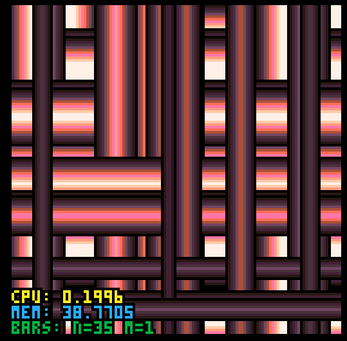

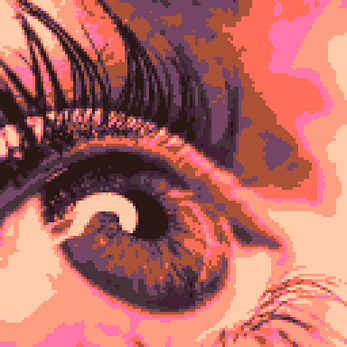
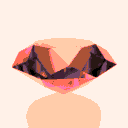
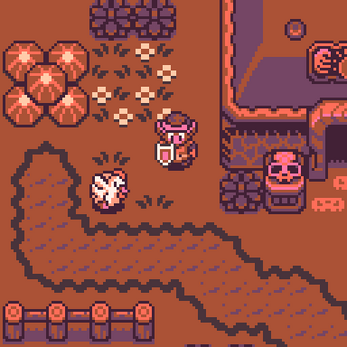


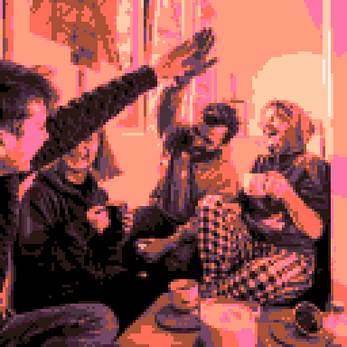
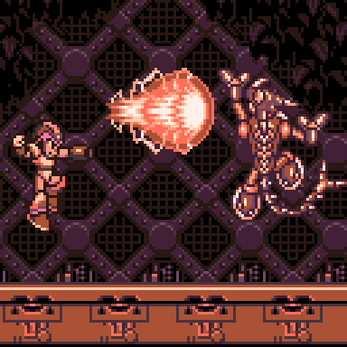
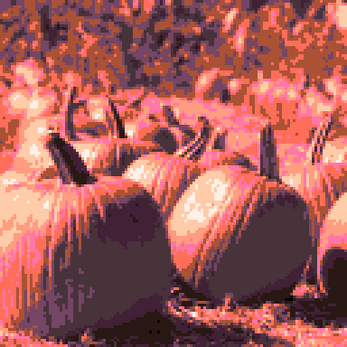
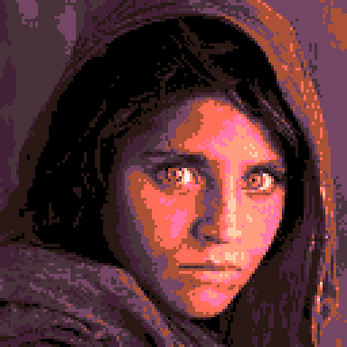
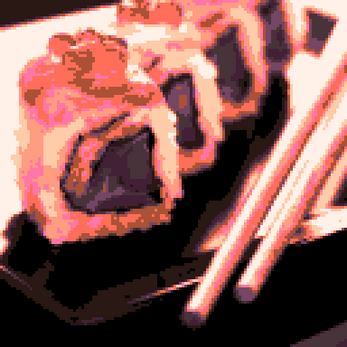
Leave a comment
Log in with itch.io to leave a comment.